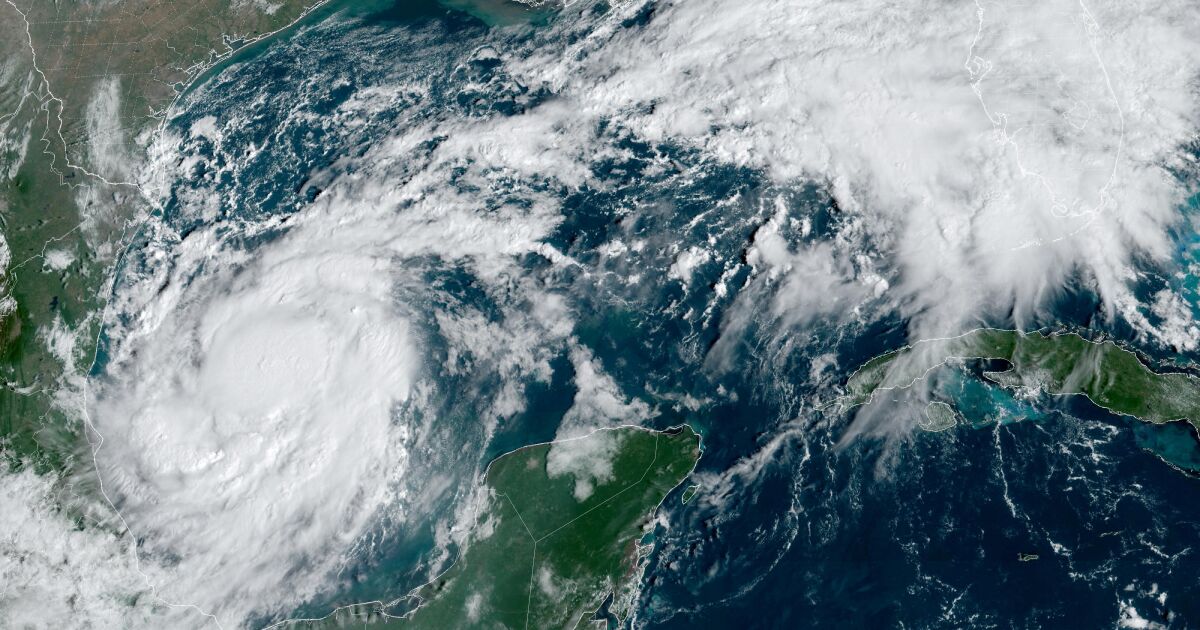These predictions cause concern in Florida, as well as throughout the southeast of the country, much of which has been devastated since Helene.
Emergency services continue to work hard to help the many victims of this hurricane, the deadliest to hit the United States since Katrina in 2005.
Helene, which peaked as a Category 4 hurricane, has so far caused 226 deaths in half a dozen states in the southeast of the country and caused major flooding.
By warming sea waters, climate change makes rapid intensification of storms more likely and increases the risk of more powerful hurricanes, according to many scientists.
The United States Meteorological Observatory (NOAA) warned at the end of May that the hurricane season, which runs from the beginning of June to the end of November, was shaping up to be extraordinary this time, with the possibility of between four and seven category hurricanes. 3 or more.
Affects in Mexico
Mexico issued a warning for the northern part of the Yucatan Peninsula, from the tourist beaches of Celestún to Cabo Catoche, while a tropical storm warning extended to Cancún.
As it passes through the Mexican peninsula, Milton will leave heavy rainfall that “could generate landslides, an increase in the levels of rivers and streams, as well as overflows and flooding in low areas,” said the state National Water Commission (Conagua).
Milton is expected to move north of the Yucatan Peninsula, cross the Gulf of Mexico and be a major hurricane when it reaches the west coast of the Florida Peninsula on Wednesday, the institution added.
